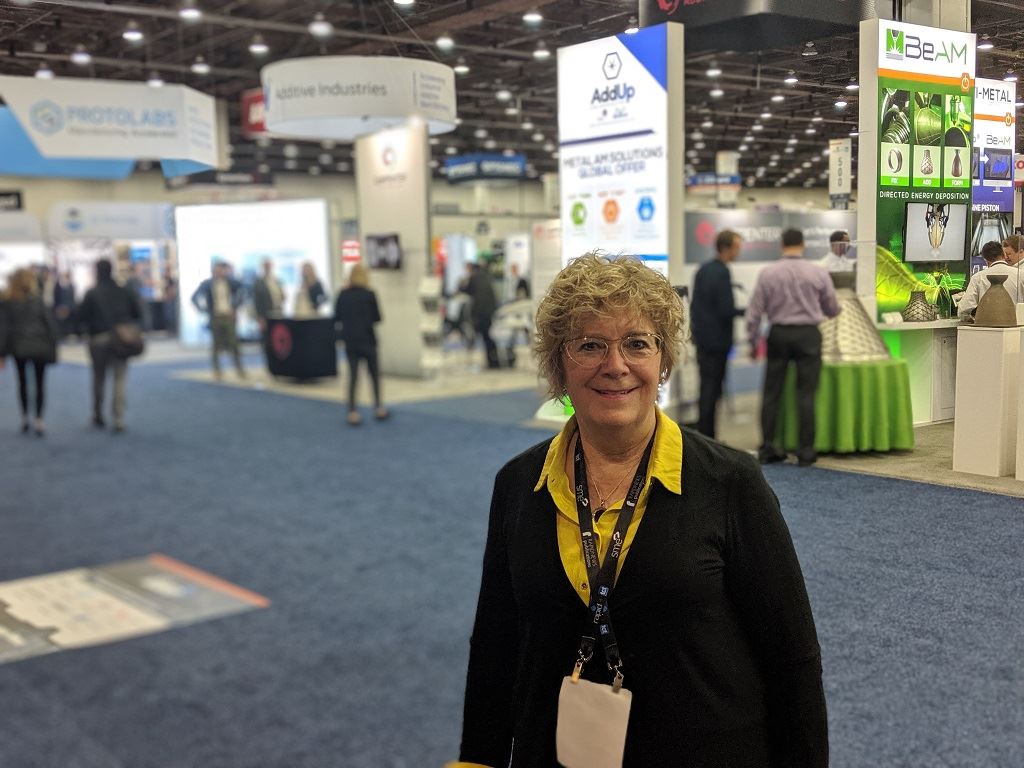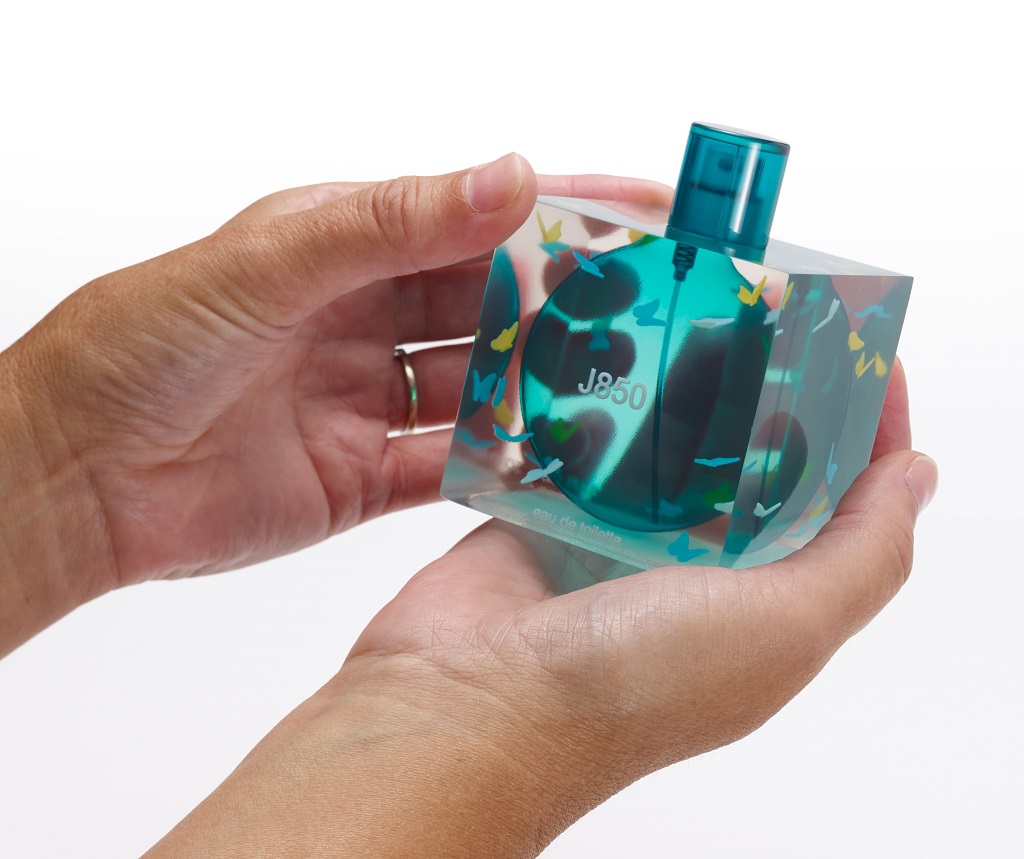![Debra Wilcox, CEO of Accucode 3D, surrounded by 3D printing companies at RAPID + TCT 2019 [Image: Fabbaloo]](https://fabbaloo.com/wp-content/uploads/2020/05/DebraWilcox_img_5eb0968431dc9.jpg)
The 3D Printing Store and Accucode 3D have merged, and it makes sense — for more than just these companies.
The 3D Printing Store is a Colorado-based 3D service bureau that we’ve become familiar with over the years for their vast variety of projects. Some of these have involved international endangered bird tracking systems, others dedicated efforts to create individual prosthetics for animals in need. The breadth of activity means the company has needed to keep a finger on a lot of pulses, and that includes overall business climates.
“What we’re doing at this point [with 3D printing] is manufacturing, and that’s where we need to be focused: how to make this a bottom line value for industry. That’s what we’re seeing, and that’s what makes sense,” Debra Wilcox, former CEO of The 3D Printing Store and now CEO of the merged Accucode 3D, told me when we sat down recently.
Mergers, consolidations, partnerships: these are all signs of a growing industry. Complementary business operations joining forces can ultimately be better for customers as well as for companies than would be competition.
Accucode Inc. is a technology integrator, software, and services company with a 3D printing and 3D scanning division called Accucode 3D. It is this division that has merged with The 3D Printing Store, expanding market reach for both.Both businesses’ service offerings include prototype and end-use part production via 3D printing, including design and manufacture. The 3D Printing Store is based in Denver, and is now adding the Richardson, Texas service bureau from Accucode 3D to its network.
Offerings will include services, manufacturing, some 3D printer sales, and some software programs like business-to-business (B2B) ordering systems, Wilcox noted.
“The industry is still fragmented. It’s helpful to know the supply chain,” she said of what the team brings to the table. “This is more valuable to the industry, and we are choosing technologies to be useful. Then there’s this great opportunity to develop a good network of support.”
Plentiful pain points remain when it comes to additive manufacturing — and that’s a major driver for service bureaus. Bringing in the expertise of those who work with these technologies regularly can help with initial use cases and adoption, as well as bolster higher-volume needs or access to different technologies.
Design know-how is also critical; we often see design for additive manufacturing (DfAM) as a major pain point, as these technologies simply require different approaches to design. That’s a major offering from service bureaus.
Looking ahead and developing the skills that will only be needed more as the industry progresses is also key to the message Wilcox and her team are driving forward.
“Young people really are key to this as we go forward. We have a number of interns who are 12 and 13 years old, and they are amazing designers. Ideas are capital, and we want to be sure to capitalize on ideas whether from a 12-year-old or a 50-year-old,” she said, underscoring the importance of fostering the talent pool.
Stories of the interns who have worked with The 3D Printing Store are also quite inspiring. One autistic 22-year-old intern uses 3D printing “as his means of communication” and has created a variety of “fantastic creatures.” That lesson transcends, as many who come into 3D printing are able to have what Wilcox points to as a moment of: “I’ve had this idea that’s lived in my head, and now it’s in my hand.” Another intern was named to Forbes’ 30 Under 30 list. 13-year-old Gitanjali Rao won the 2017 Young Scientist Challenge for a device that detects lead in drinking water.
“These things are valuable to our economy, and we want to help them move this forward. This industry has to be prepared for what people are looking for,” Wilcox said. “This merger is a valuable proposition, and it’s great to be part of moving this forward.”
Wilcox herself is an inspiring figure as well. A practicing attorney for more than 20 years, she discovered additive manufacturing some years ago while working with Lockheed Martin. She has long had a passion for aviation, and was drawn to projects using additive manufacturing. When her now-business partner asked her some years ago whether she would be able to do those projects without working for such a major company, she stopped to think about the access to 3D printing.
“Four weeks later we opened our business,” she said of the 2012 opening of The 3D Printing Store. “How things have changed. We’ve been growing with this industry.”
This deeply informed and thoroughly involved viewpoint of the industry, of its current difficulties and opportunities for growth, positioned the business well for its new path with Accucode 3D.
Understanding the trends and needs of an industry is key to succeeding in it. Sometimes bold business moves and joining with the like-minded is simply the next logical step, even when it feels like a major leap.
Via The 3D Printing Store and Accucode 3D











